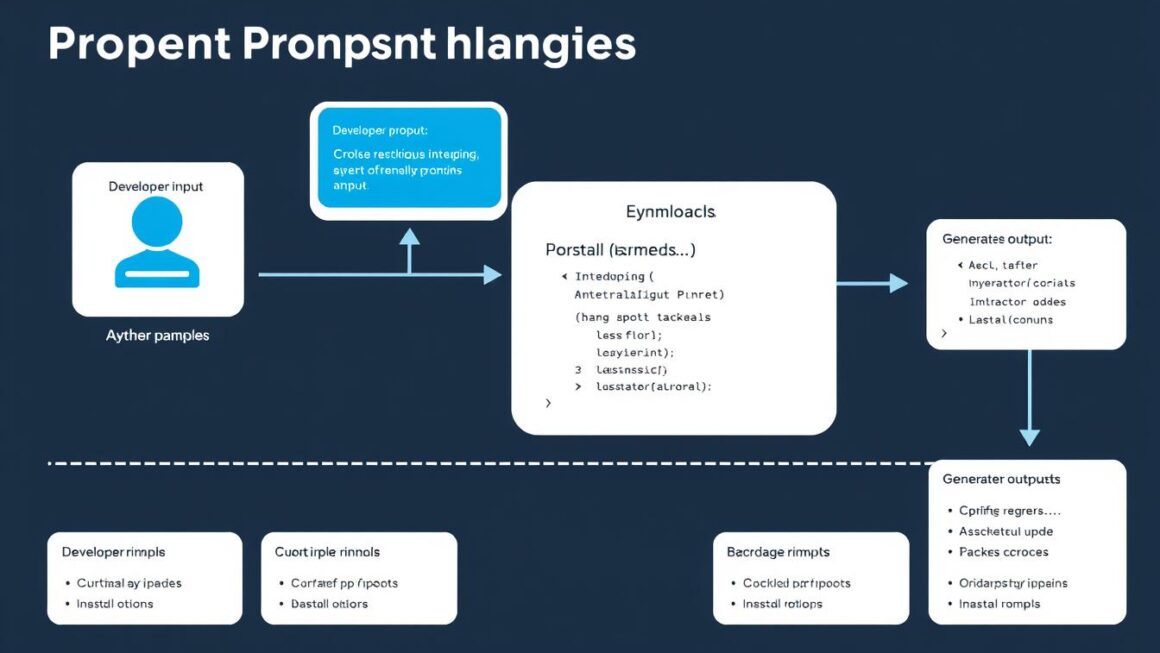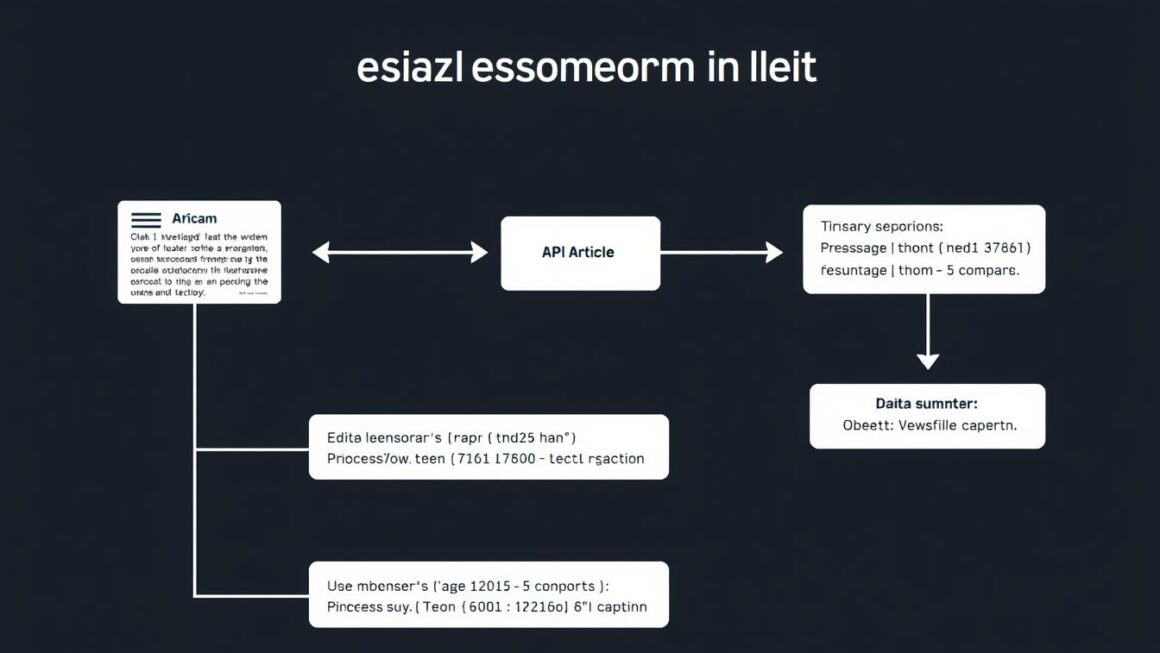Did you know TypeScript slashes runtime errors by 15-20%? This impressive stat comes from compile-time checks, catching bugs before they reach production. For developers, that means fewer late-night debugging sessions and more reliable applications.
As a typed superset, it builds on familiar code principles—variables, loops, and functions—while adding structure. Companies like Microsoft rely on it for enterprise solutions, including SharePoint. The learning curve? Gradual, especially if you know core programming concepts.
Pair it with modern IDEs, and productivity soars by 30-40%. Autocomplete and real-time feedback turn complex web projects into streamlined workflows. From startups to giants like Zillow, teams trust it for scalable development.
Mastering the Basics: Core Programming Principles
Ever struggled with unpredictable variable types in your applications? TypeScript’s static typing brings order to the chaos. Let’s break down how it works.
Variables and Data Structures with Type Safety
In JavaScript, a variable can switch types mid-execution. TypeScript fixes this. Declare a string, and it stays a string:
let username: string = "dev_team"; // TypeScript
let username = "dev_team"; // JavaScriptAirbnb’s engineers reported 30% longer initial development during their transition. But they cut runtime errors by 20%.
Loops and Functions in TypeScript vs JavaScript
Loops gain precision. Compare a for…of loop in both:
// TypeScript
const ids: number[] = [1, 2, 3];
for (const id of ids) { ... }
// JavaScript
const ids = [1, 2, 3];
for (let i = 0; i Functions shine with explicit returns. APIs use interfaces for contracts, like AWS CDK’s resource definitions.
Tradeoffs? Yes. But the payoff—cleaner code and happier developers—is worth it.
The Power of Consistent Coding Practice
Visual Studio Code’s IntelliSense cuts debugging time by 40%. Tools like this make daily coding smoother. For developers, small habits add up to big productivity gains.
TypeScript’s IDE Features for Daily Productivity
Real-time type checking catches errors as you type. Hover over a variable in VSCode—see its type instantly. Teams at Asana sped up onboarding by 25% using these features like autocomplete.
- Union types:
let status: "active" | "pending"; - Record:
const user: Record;
Building Muscle Memory with Type Annotations
Spend 30 minutes daily practicing annotations. Here’s a 14-day plan:
| Day | Focus | Example |
|---|---|---|
| 1–3 | Primitives | let age: number = 30; |
| 4–7 | Arrays/Objects | const tasks: string[]; |
| 8–14 | Interfaces | interface User { id: string }; |
Strict TSConfig settings enforce code readability. Compare them to flexible setups:
| Setting | Strict | Flexible |
|---|---|---|
noImplicitAny |
Error | Allowed |
strictNullChecks |
Enabled | Disabled |
Slack’s team reduced runtime exceptions by 20% with gradual adoption. Start small—build maintainable code habits today.
Enhance JavaScript Projects with TypeScript for Scalable Solutions
Large enterprises trust static typing to prevent costly errors. Companies like eBay use it to streamline microservice communication, reducing integration failures by 30%. When every second counts, compile-time checks keep applications running smoothly.
Static Typing for Reliable Systems
Consider AWS CDK, where infrastructure-as-code benefits from type safety. Define a cloud resource once, and the compiler ensures consistency. No more deployment surprises.
- Express + TS: Validate API requests with interfaces like
interface User { id: string }. - Error rates: Monoliths average 15% runtime errors; microservices with TS drop to 5%.
Interfaces as API Contracts
Generate OpenAPI specs directly from TypeScript interfaces. Teams at Microsoft used this to automate SharePoint’s docs, saving 200+ hours yearly. Here’s how:
interface Product {
sku: string;
price: number;
}Tools like Swagger then create client libraries. Less manual work, fewer misunderstandings.
Project-Based Learning with TypeScript
Want to see TypeScript in action? Start small with a to-do app. Real-world projects solidify skills faster than abstract exercises. We’ll explore incremental scaling—from beginner to advanced patterns.
From To-Do Apps to Microservices: Scaling Gradually
Build a typed to-do app with local storage. Define interfaces for tasks:
interface Task {
id: string;
title: string;
completed: boolean;
}Next, add tests. Jest + TypeScript catch errors early. GitHub’s team used this approach during their migration, reducing bugs by 40%.
Ready to level up? Convert a JavaScript calculator. Add types to event handlers:
- Input validation: Prevent
NaNresults. - Autocomplete: IDE hints speed up refactoring.
Real-World Examples from Open-Source
Study the Vue TypeScript Boilerplate (Source 2). Key takeaways:
- Strict props typing prevents runtime crashes.
- Custom hooks reuse logic across components.
NestJS (Source 3) shows how frameworks like this streamline APIs. Their decorators auto-generate Swagger docs—saving hours.
For infrastructure, Pulumi’s examples prove types work beyond web apps. Define cloud resources once, deploy anywhere.
Debugging and Error Prevention Strategies
Ever spent hours chasing a runtime error? Static typing catches it first. The TypeScript compiler flags 15% more issues before code runs, saving teams from late-night fire drills. Let’s explore how to turn debugging from reactive to proactive.
Compile-Time vs Runtime Error Handling
Not all errors are equal. Compile-time issues break builds; runtime ones crash apps. Here’s how to categorize them:
- Critical: Missing type annotations (caught during compilation)
- Warning: Null checks (optional but recommended)
Teams at Microsoft use this severity matrix to prioritize fixes. For production, configure source maps to trace minified code back to original files.
TypeScript-Specific DevTools Features
VS Code’s debugging workspace shines with TypeScript. Set breakpoints in .ts files—the IDE maps them to compiled JavaScript. Real-world benefits:
- SWC compiler speeds builds 4x vs traditional tools like Babel
- Git hooks with Husky run type checks pre-commit
Netflix integrates these into their CI/CD process, reducing rollout delays by 20%.
Collaborative Development Best Practices
Spotify cut code review time by 35% after adopting TypeScript—here’s how. For teams, shared type definitions act as a universal language, reducing misunderstandings. Whether you’re scaling a monorepo or onboarding new members, these strategies streamline workflows.
Git Integration for TypeScript Teams
Structured branching minimizes merge challenges. Microsoft’s engineers recommend this workflow for monorepos:
| Branch Type | Purpose | TypeScript Checks |
|---|---|---|
main |
Production-ready | Full type coverage (100%) |
feature/* |
New components | ≥80% coverage |
hotfix/* |
Critical patches | Required interfaces |
Airbnb’s style guide enforces commit hooks. Husky runs tsc pre-push, blocking incomplete types.
Code Reviews with Type Safety
PR templates with type metrics elevate quality. Include these checks:
- Interface adherence: Verify payload shapes match API contracts.
- Null checks: Flag unhandled
undefinedcases. - CI gates: Fail builds if type coverage drops below thresholds.
Spotify’s system auto-generates review notes using TS compiler outputs. Result? Faster approvals.
Conclusion: Future-Proofing Your Web Development Workflow
The future of web development leans heavily on typed languages—60% of React developers now use them. With WebAssembly integration emerging, skills in static typing will define the next decade of maintainable code.
Start small: master interfaces, then scale to architecture patterns. Stack Overflow’s 2024 data shows TS adoption grew 22% year-over-year. By 2025, Deno’s native TS support could reshape backend workflows.
Ready to level up? Our 12-month plan guides you from junior to architect—certifications included. For tailored advice, CloudThat offers expert consultations to future-proof your team.



